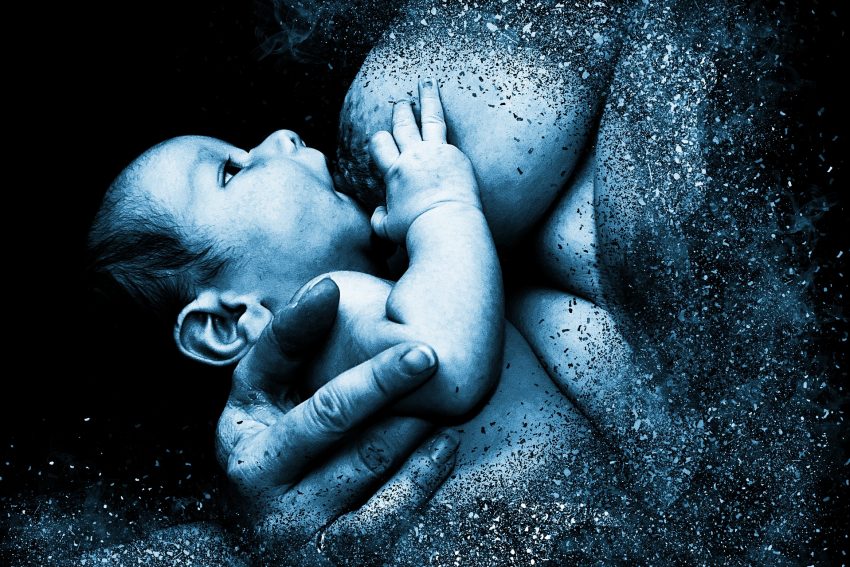How did World Breastfeeding Day start?
Every year from the 1st to the 7th of August has established as World Breastfeeding Week. World Breastfeeding Week was first celebrated in 1992 by the World Alliance for Breastfeeding (WABA). Today, events are held in more than 120 countries by UNICEF, WHO (World Health Organization). It based on the 1990 Innocenti Declaration (revised by the revised Innocenti Declaration 2005). The Ten Links for Nurturing the Future, and the WHO Strategy for Infant and Child Nutrition (WHO). ) and UNICEF.
The WHO recommends exclusive breastfeeding within the first hour from birth until the 6th month. After this age, solid foods shall be introduced, and at the same time, breastfeeding should continue for up to two years or more. The percentage of women who choose breastfeeding is low and even reaches 30% in some women. Of course, at the same time, every mother has the right to choose. Since it is her own body, which can manage in any way she wishes, nevertheless, the benefits of breastfeeding are undeniable and cannot deny.
Is the ideal choice for mother and baby?
Breastfeeding is considered the ideal choice for both mother and baby. It provides multiple benefits, including protection against both infections and future health problems such as obesity, cardiovascular, breast cancer, and more. This year, World Breastfeeding Week aims to educate people about linking breastfeeding to environmental change. Also, they focus on consolidating breastfeeding as a smart climate option and mobilizing action to improve global and human health.
Protecting and promoting breastfeeding means: limiting the aggressive promotion of breast milk in maternity hospitals, magazines, and the media. Protect new mothers from misinformation, from the wrong instructions of health professionals that lead them to abortion. Breastfeeding is not the ideal food for the baby. No, this is a wrong lodgement. It is the standard food for the baby.
The art of Breastfeeding
Undoubtedly the baby is born with automatic mechanisms that help him start breastfeeding directly after birth. Still, from then on, breastfeeding is an art learned by mother and child, in addition to a natural “shield” of protection and a source of valuable nutrients, values associated with breast milk. Breastfeeding also functions as a “link” between the child and the mother, enhancing intimacy and “building” a close relationship between them.
Which are the benefits of breastfeeding to babies?
- Breast milk provides the ideal nutrition for babies.
Breast milk contains everything the baby needs for the first six months. In the right proportions, its composition changes according to the baby’s changing needs, especially during the first month of life.
- Breastfeeding promotes healthy weight gain and helps prevent childhood obesity.
Obesity rates are 15-30% lower in breastfed infants in comparison to formula-fed babies. It is likely due to the growth of the gut microbiome. Most importantly, breastfed babies can self-regulate milk intake.
- Breast milk contains essential antibodies.
Breast milk loaded with antibodies that help the baby’s immune system fight viruses and bacteria. Colostrum provides high amounts of immunoglobulin A (IgA), as well as various other antibodies. When the mother exposed to viruses or bacteria, she begins to produce antibodies. Those secreted into breast milk and passed on to the baby.
“Healing properties” of breastmilk
Βreastfeeding can reduce the risk of many diseases.
- Infections of the middle ear, the probability of occurrence reduced by 50%.
- Respiratory infections, the probability of hospitalization, reduced by 72% when breastfeeding continued after the first four months.
- Gastrointestinal infections. Breastfeeding associated with a 64% reduction in intestinal infections and thought to protect up to 2 months after cessation.
- Sudden Infant Death Syndrome (SIDS): Breastfeeding associated with a 50% reduced risk after one month and a 36% reduced risk in the first year
- Allergic diseases. Exclusive breastfeeding for at least 3-4 months associated with 27-42% reduced risk of asthma, atopic dermatitis, and eczema.
- Diabetes: Breastfeeding for at least three months reduced risk of developing type 1 diabetes (up to 30%) and type 2 diabetes (up to 40%)
Breastfeeding is an act where its protective effects are not temporary. On the contrary, it seems to last throughout childhood and even into adulthood.
- Infant feeding and later obesity risk, 2009;646:15-29. DOI: 10.1007/978-1-4020-9173-5_2.
- Role of Gut Microbiota in Early Infant Development, Clinical Medicine: Pediatrics 2009:3 45–54
- Early infant feeding and risk of type 1 diabetes mellitus—a nationwide population‐based case-control study in pre‐school children, Mar-Apr 2008;24(3):211-22. doi: 10.1002/dmrr.791, https://pubmed.ncbi.nlm.nih.gov/17968982/



